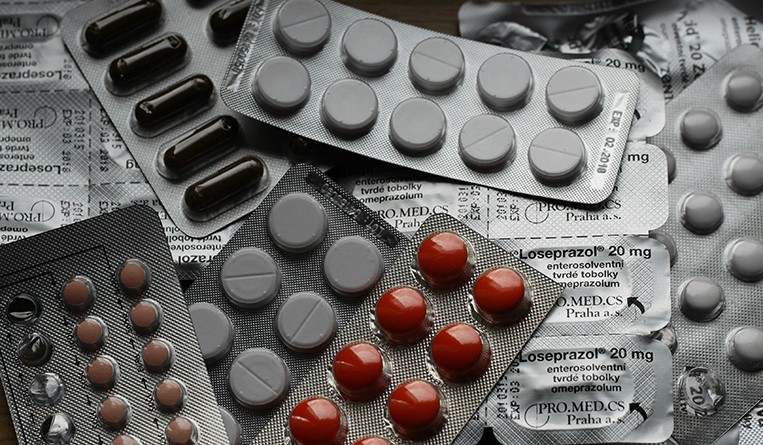China implemented major changes to the patent law that went into effect on January 20, 2024, including the introduction of the pharmaceutical patent term compensation system, marking a pivotal shift particularly relevant to the pharmaceutical sector. This is following the adoption of the 2023 Detailed Rules for the Implementation of the Patent Law and the Guidelines for Patent Examination in accordance with the new Chinese Patent Law.
The update, which affects stakeholders across the industry, introduces a nuanced approach to patent protection, focusing on new drug-related inventions. Ming Liu, a patent attorney at the Purplevine IP in Beijing, explained that the term “new drug-related invention patent” includes patents for new drug products, methods of preparing drugs and medical use under the rules.
Liu also emphasized the broader protection offered by the compensation system, extending beyond drug product patents to encompass patents related to drug use and preparation methods. This move aims to safeguard the rights of innovative medicine manufacturers, encouraging continued innovation within the pharmaceutical field.
“For the patentees of the new drug patents, a longer compensated patent term means higher profits obtained through market monopoly, promoting innovation in the pharmaceutical industry,” she said. “On the other hand, for generic drug manufacturers, an extended compensation period significantly delays the launch of generic drugs, directly harming their economic interests. The calculation method for the compensation period in Chinese Patent Law and its rules balances the interests of innovative drug inventors, generic drug manufacturers and the public.”
Rules 80 to 84 detail the pharmaceutical patent term compensation, which encompasses the applicable scope, calculation methods, protection scope, compensation conditions and examination procedures.
The guidelines further clarify that “new drugs” refer to innovative drugs approved for marketing by the National Medical Products Administration (NMPA) and improved new drugs that meet the stipulated requirements. Particularly, the guidelines specify that “improved new drugs that meet the stipulated requirements” are limited to those improved new drugs whose registration certificate issued by the NMPA recognized them in some categories, which can comprise biological products and Traditional Chinese Medicines (TCMs).
In response to these changes, Liu advised innovative drug companies to strategically plan their patents in China, considering scenarios where one patent may correspond to multiple drugs or vice versa. Additionally, patentees are urged to monitor deadlines closely and promptly request Patent Term Extensions (PTE) within three months of new drug market approval in China.
For the generic drug companies, Liu recommended timely attention to the patent extension status of innovative drug companies and adjusting project cycles accordingly. Utilizing patent information analysis to assess infringement risks and pursuing improved imitation strategies can help mitigate legal challenges.
- Excel V. Dyquiangco








